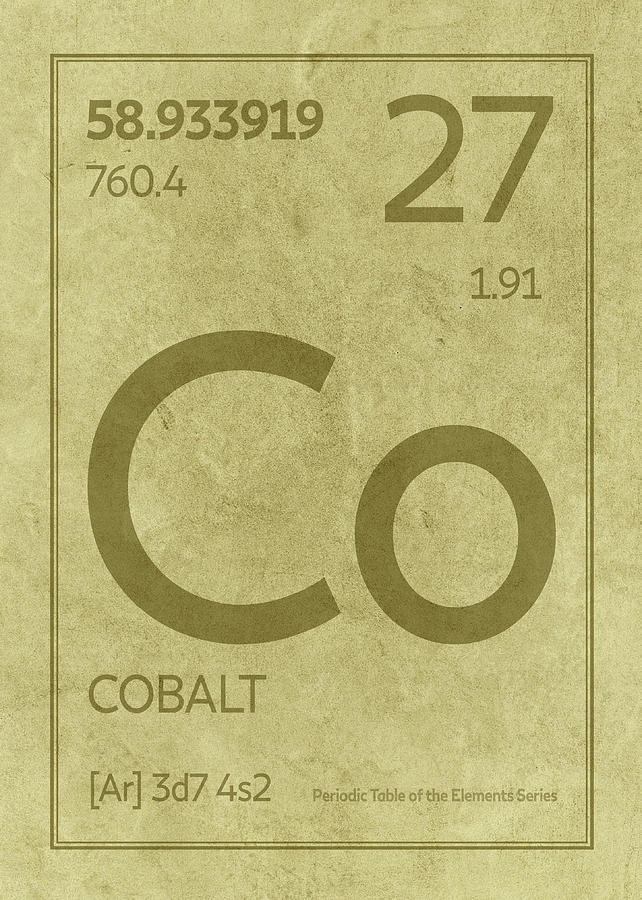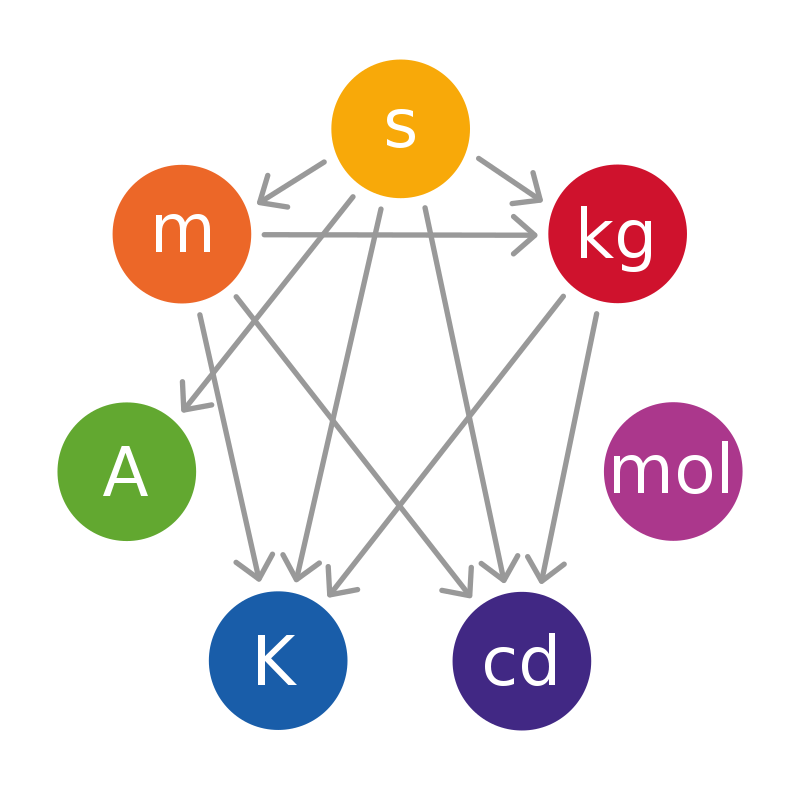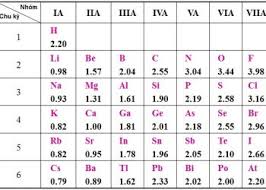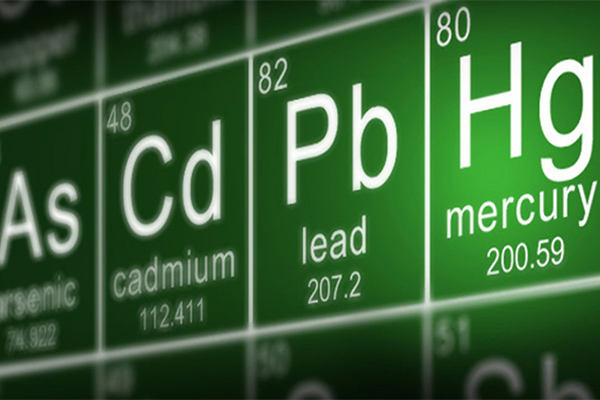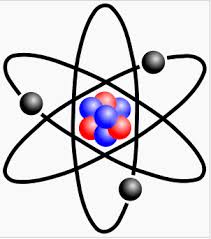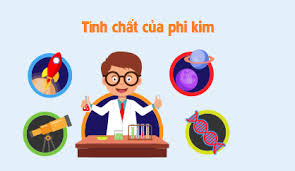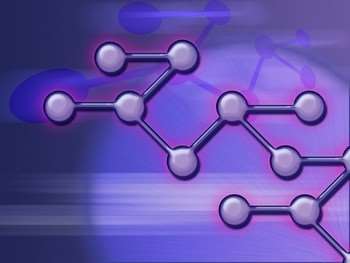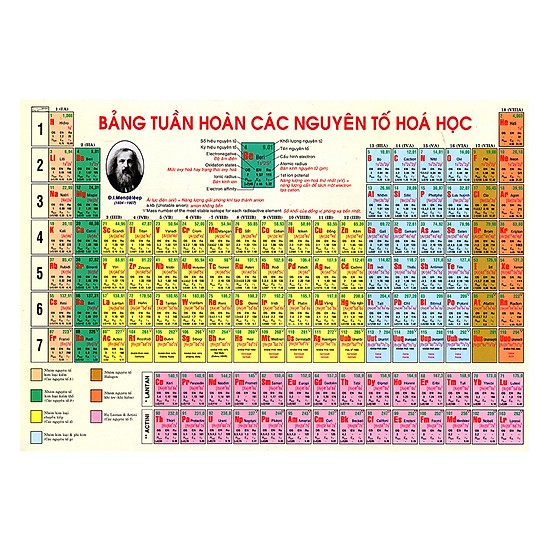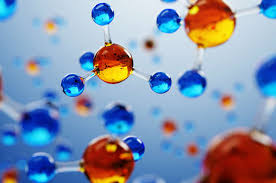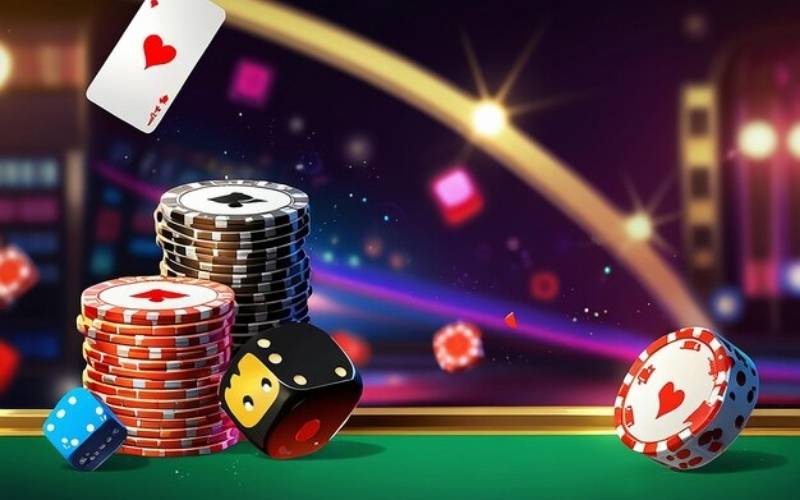Zinc is a greenish-silver metal in the 30th cell of the periodic system table. It is known to be an essential mineral that helps keep enzymes in the body working, zinc deficiency can slow growth and hinder the immune system. Today, most of the zinc produced is consumed by the galvanizing industry. Here are 10 interesting facts about zinc - the second most abundant metal in the human body after iron.
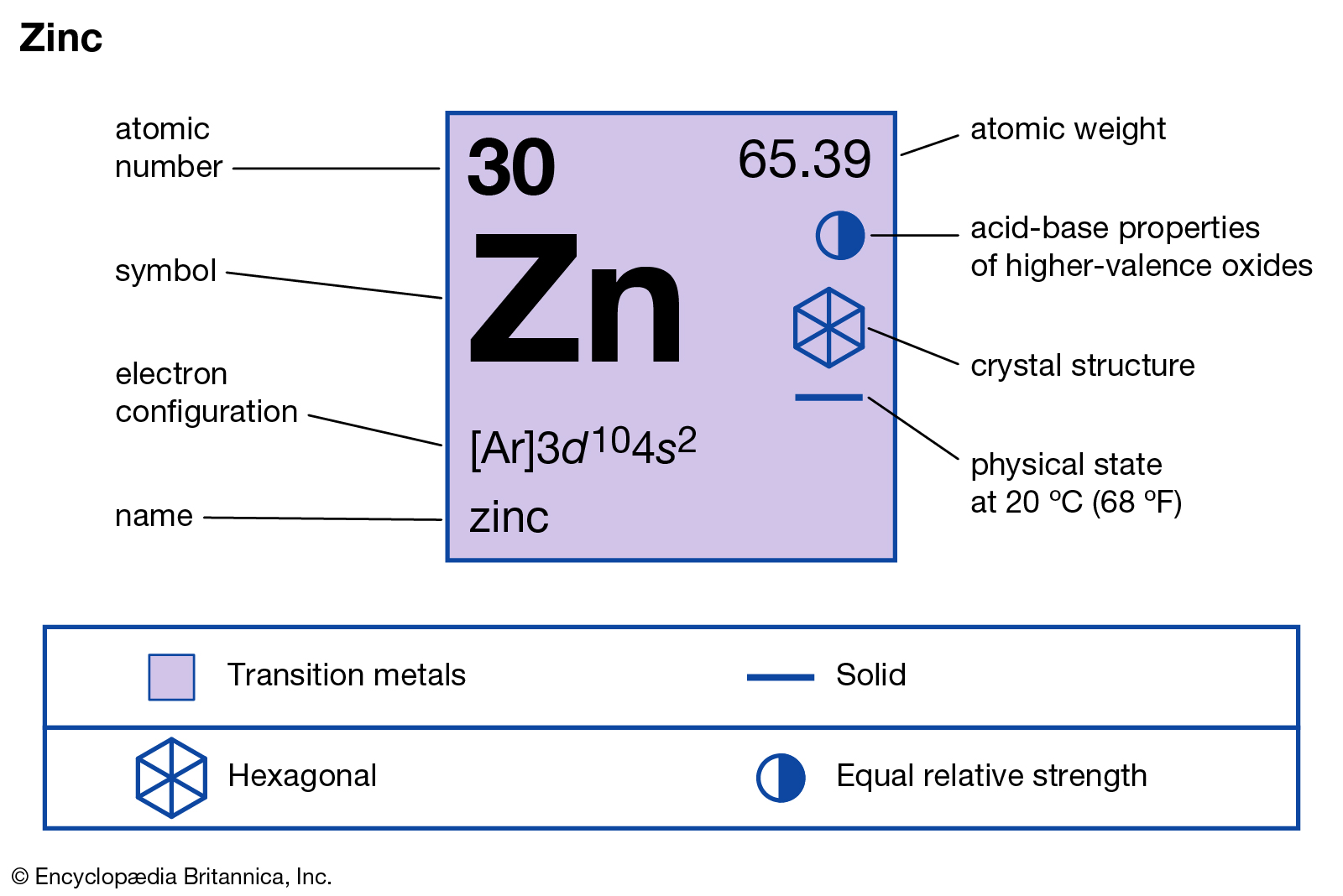
Zinc Location in the Periodic System Table
10 Interesting Facts About Zinc
1. Zinc is also known by the trade name "spelter". Although zinc has been used by humans since ancient times, it was not until 1746 that the German chemist Andreas Marggraf isolated from calamine ore by heating carbon with that ore.
2. Paracelsus - a Swiss German doctor, alchemist and astrologer who discovered zinc, its name comes from the German word "Zinn" meaning "tin". It is the first metal produced in India in the 12th century. However, Europe discovered this metal in the late 16th century.

Zinc is a greenish-silver metal
3. Zinc is the 24th most abundant element in the Earth's crust. It is the 30th most abundant element in seawater.
4. Did you know that more than half of the exploited zinc is used for plating other metals such as steel and iron. Besides, zinc is also used to alloy with other metals such as brass (copper - zinc) has been used since ancient times. In addition, zinc alloys are used for a variety of applications such as piping, die casting for automotive components and sensors. Zinc is also present in sunscreens, ointments, concrete, paint and even a propellant for model rockets.
5. Before 1982, to make an American coin, the copper content was 95% and the zinc 5%. After 1982, coins were mainly made from zinc with 97.5% Zinc and 2.5% copper because zinc was cheaper than copper.

After 1982, coins were mainly made from zinc with 97.5% Zinc and 2.5% copper because zinc was cheaper than copper.
6. Zinc is an essential nutritional mineral for humans and animals. It is the second most abundant trace metal found in our body. In adults, zinc content is present from 1.4 to 2.3 grams.
7. Zinc helps our immune system fight bacteria and viruses, while our cells need zinc to help build DNA. Our bodies need zinc for proper growth and development, which is very important for children and during pregnancy. Zinc deficiency can also be a contributing factor to age-related vision impairment.
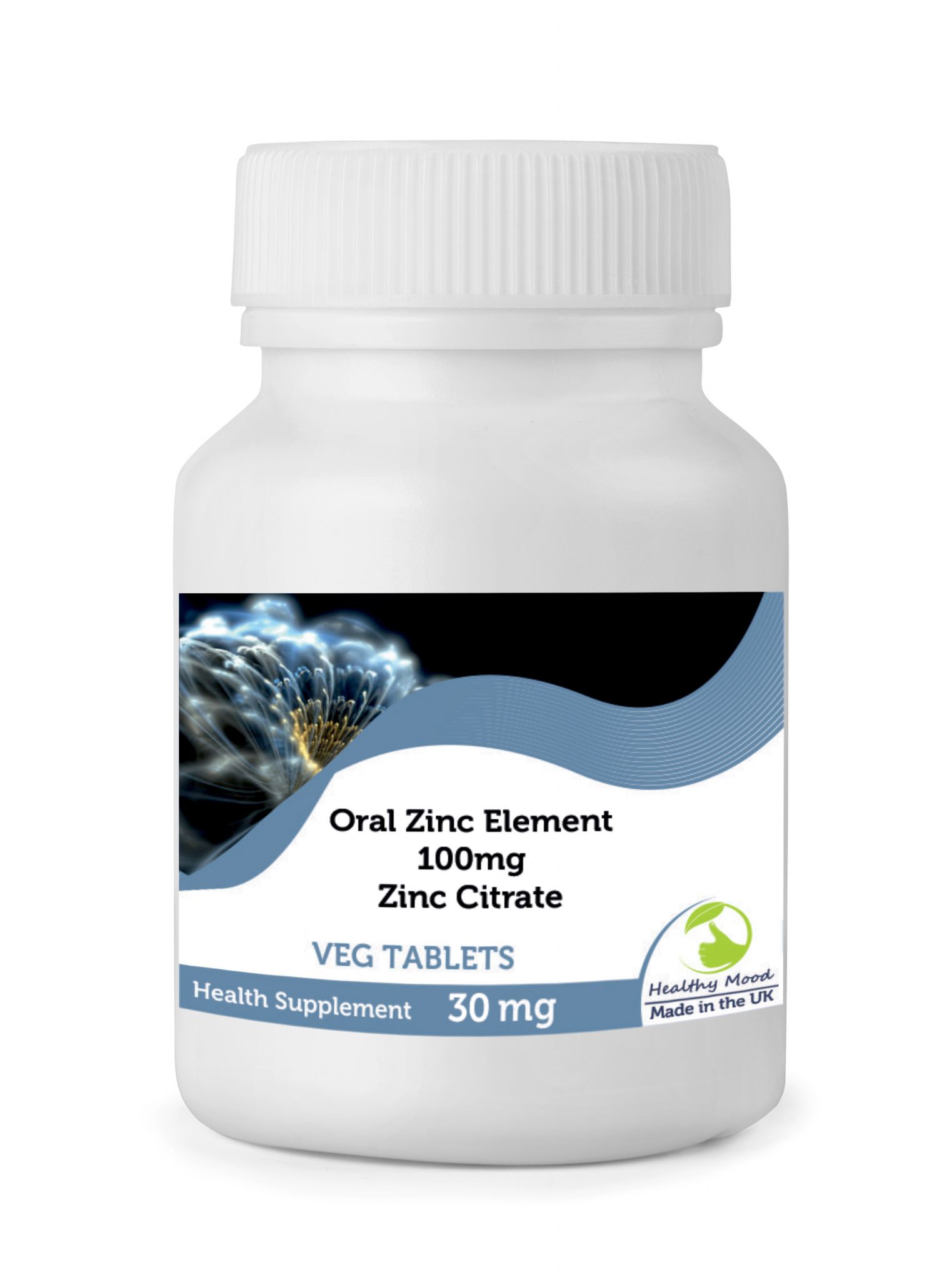
Zinc helps our immune system fight bacteria and invading viruses while our cells need zinc to help build DNA.
8. You can get zinc from certain foods such as lean red meats (beef, lamb and liver, seafood like oysters and lobsters); Whole grains, seeds, beans, nuts and almonds are all good sources if grown on zinc rich soil.
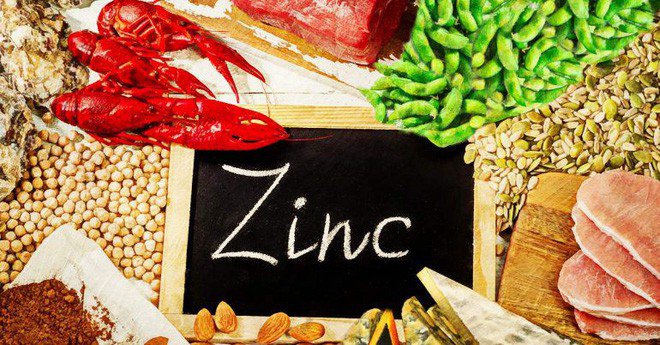
You can get zinc through certain foods like lean red meats (beef, lamb and liver, seafood like oysters and lobsters); Whole grains, seeds, beans, nuts and almonds are all good sources if grown on zinc rich soil.
9. Zinc carbonate has been identified in the oldest pills believed to treat eye pain, found aboard a sinking Roman ship in 140 BC.
10. Although zinc is an essential requirement for good health, excess zinc can be harmful, preventing copper and iron absorption. The US coin is made of 97.5% zinc and there has been case of zinc poisoning after ingestion of the coin by humans and dogs.
.jpg)
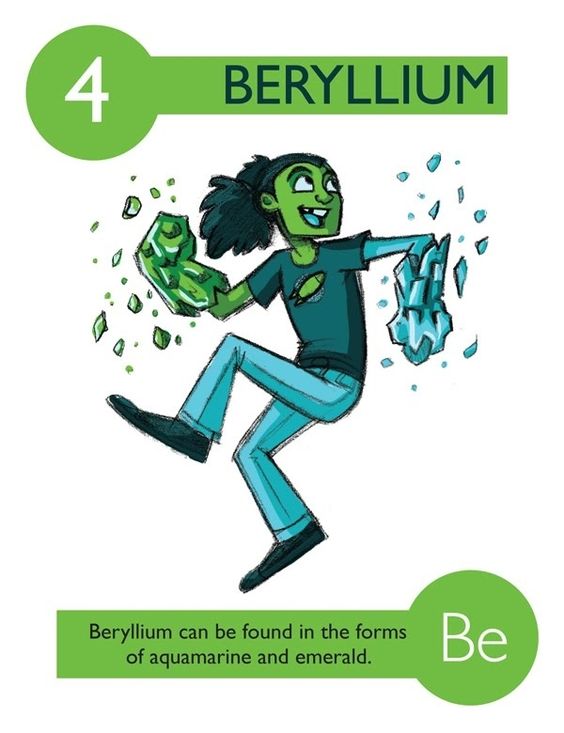
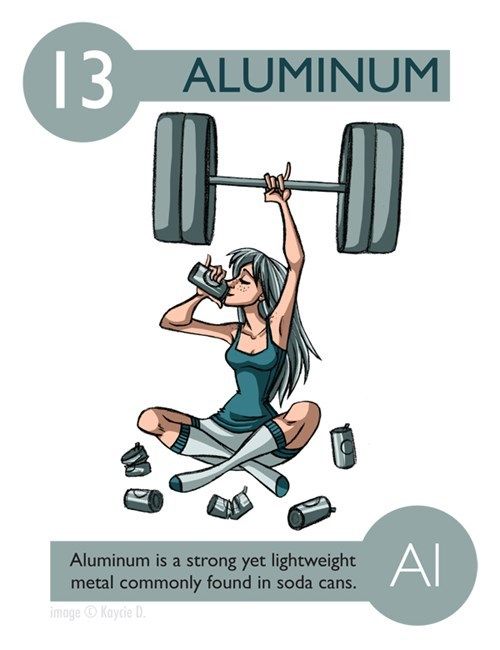
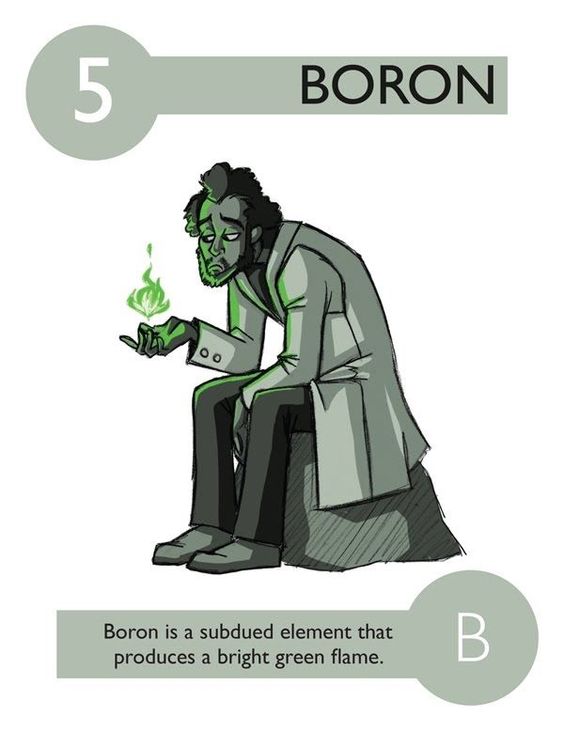

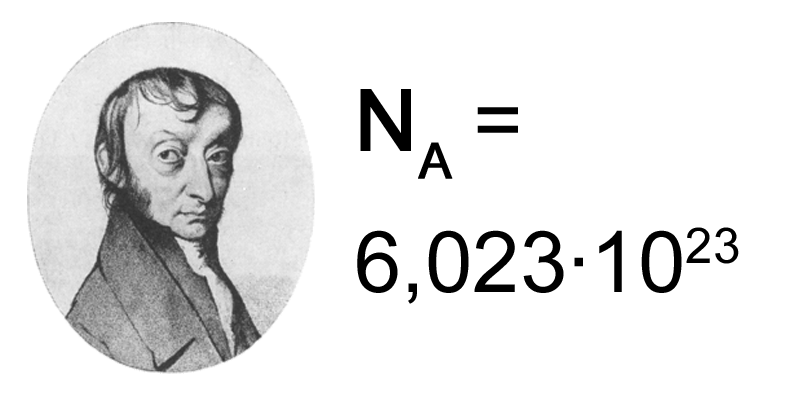
.jpg)
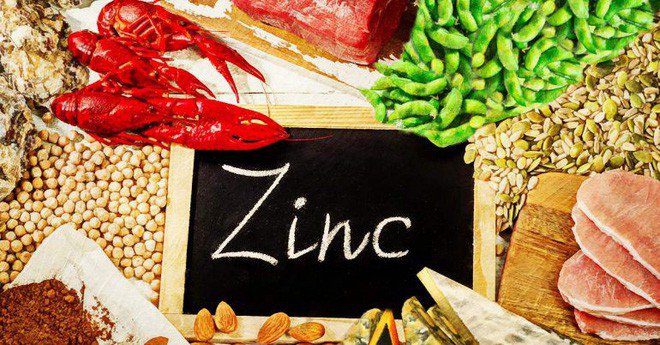
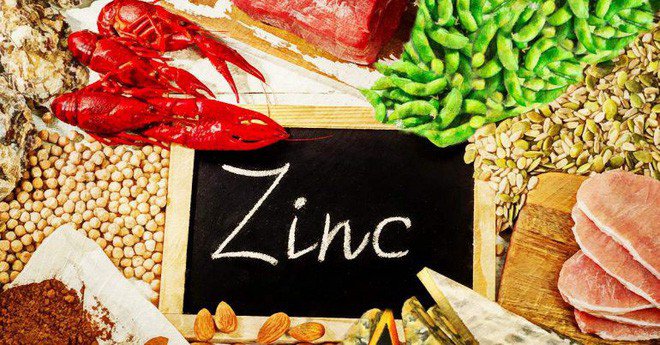
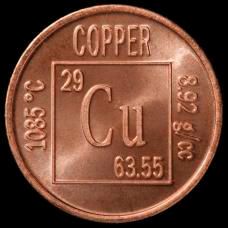
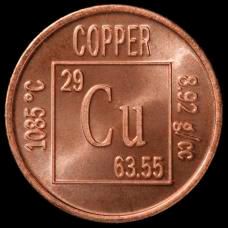
.jpg)
.jpg)
